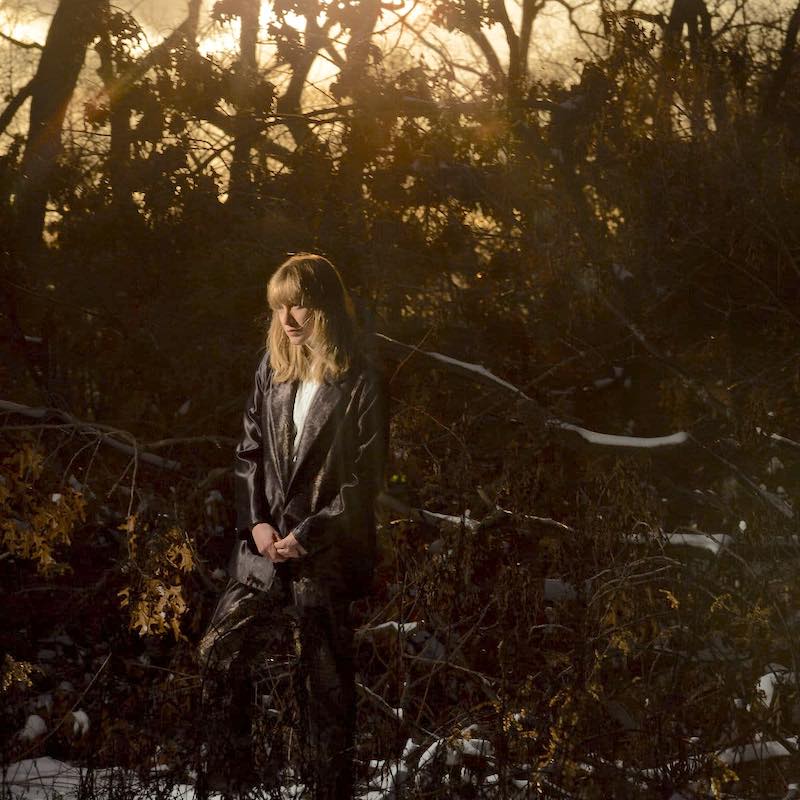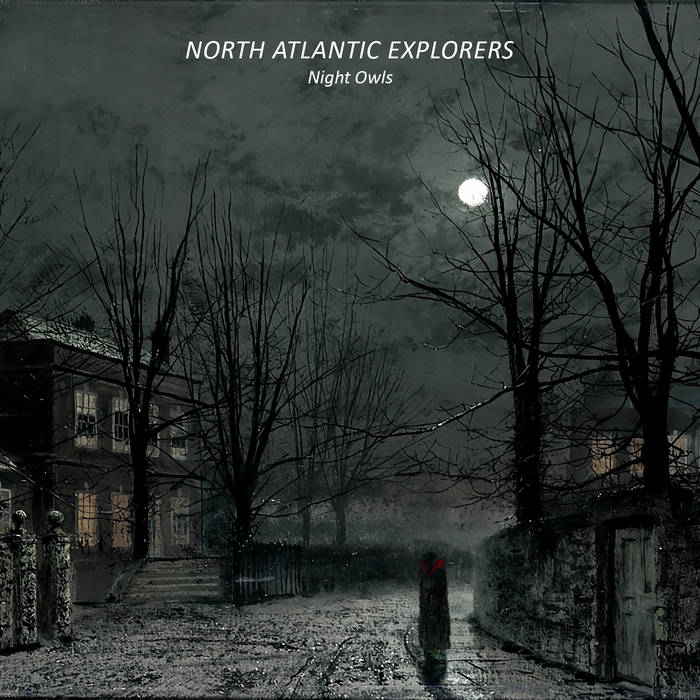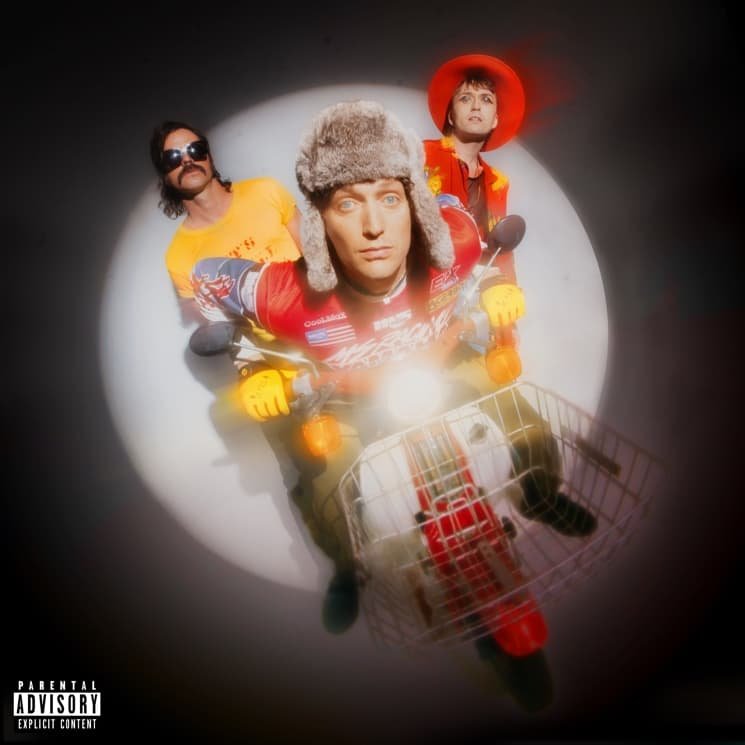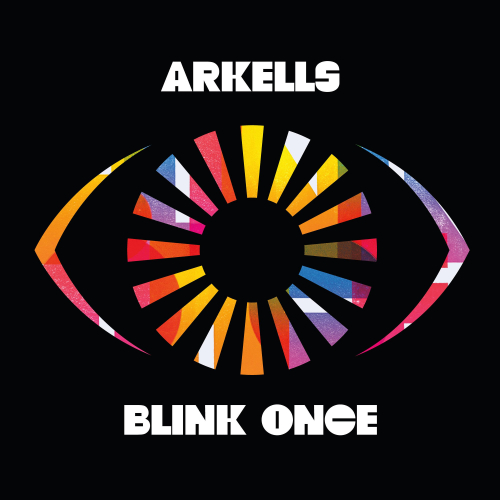The Weather Station’s How Is It That I Should Look At The Stars is an album that is thoughtful, insightful…
Tag: canadian bands
Album Review: North Atlantic Explorers – ‘Night Owls’
Night Owls is the fourth album from North Atlantic Explorers, a DIY indie project/collective lead by Glenn D’Cruze. The nine-track…
Ducks Ltd. set to kick-off ambitious North American/U.K. tour in Toronto
Increasingly popular indie rock duo Ducks Ltd. will set out on a months-long tour of North America and the U.K….
Album Review: The Zolas ‘Come Back To Life’
Like so many others, The Zolas had their plans to release an album in 2020 scuppered by COVID-19. Instead of…
Arkells announce new album ‘Blink Once’ to drop in September
Canada’s Arkells have just announced their sixth studio album Blink Once will be released on September 30th. Coinciding with this…




